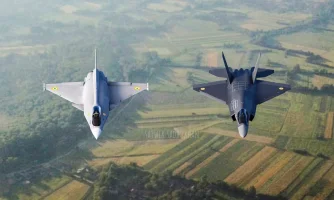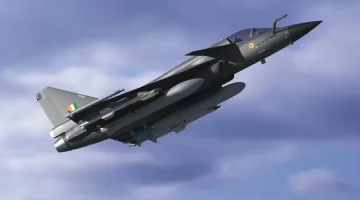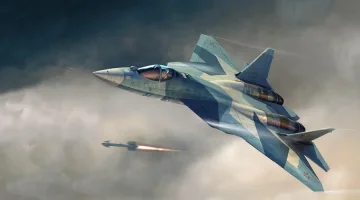- Views: 6K
- Replies: 16
India's ambition to develop its own jet engines for military aircraft is set to receive a significant financial push. Defence Minister Rajnath Singh recently confirmed that the government will allocate additional funds to accelerate the indigenous Kaveri engine program, signalling a reinforced commitment to self-reliance in critical defence technologies.
The announcement was made during a defence industry gathering in New Delhi on April 30, 2025. This initiative, spearheaded by the Gas Turbine Research Establishment (GTRE), part of the Defence Research and Development Organisation (DRDO), aims to power India's future fighter jets and unmanned systems.
While the Defence Minister did not specify the exact distribution of the new funds, his statement has generated optimism within the aerospace community.
The funding could potentially benefit two key streams of the Kaveri project: the ongoing development of the Kaveri Derivative Engine (KDE), designed for the upcoming Ghatak stealth unmanned combat aerial vehicle (UCAV), and the proposed, more powerful Kaveri 2.0 engine, which targets performance suitable for fighter aircraft.
Minister Singh highlighted the strategic necessity for India to develop and manufacture its own aero-engines, particularly as the country currently depends on imported engines, such as the American GE F404 and F414 used in the Tejas Light Combat Aircraft.
"Our skies must be powered by engines built in India, for India," he asserted, emphasizing the goal of reducing reliance on foreign suppliers, especially considering global geopolitical dynamics.
This drive aligns with the government's broader Atmanirbhar Bharat policy, which identifies aero-engine technology as a high-priority area for indigenous development.
The Kaveri engine program, originally launched in 1989 with the goal of powering the Tejas fighter, has faced considerable technical hurdles over the years, leading to its separation from the Tejas project in 2008.
However, GTRE has achieved notable progress recently. A significant milestone is the Kaveri Derivative Engine (KDE), a variant without an afterburner producing around 46-49 kN of thrust.
Cleared for flight testing in late 2024, the KDE is slated to power the 13-tonne Ghatak UCAV, a stealthy platform intended for surveillance and strike missions.
Concurrently, GTRE is conceptualizing the Kaveri 2.0, aiming for a substantially higher thrust of 90 kN (with afterburner), which could potentially equip future versions of the Tejas Mk1A or the Tejas Mk2.
This infusion of additional funding is expected to provide fresh impetus to the Kaveri program, which has previously contended with resource constraints and technological complexities.
Although the program has faced scrutiny regarding its cost (estimated at around ₹20 billion by 2009) and development timelines, recent achievements have bolstered confidence.
Notably, successful high-altitude tests of the KDE prototype in Russia during 2023, where it demonstrated 48.5 kN of thrust, have showcased GTRE's advancing capabilities.
Industry observers anticipate that the new funding will likely be directed towards advancing both the KDE and the Kaveri 2.0 efforts.
The KDE project requires resources for imminent inflight trials using a flying test bed aircraft, planned to occur in Russia later in 2025, followed by integration with the Ghatak UCAV prototype. These tests are vital for validating the engine's performance and reliability under operational conditions.
Meanwhile, the Kaveri 2.0 represents a more technologically demanding objective for GTRE. The goal is to develop an entirely new engine core capable of producing 55-58 kN of dry thrust, which can be augmented to 90 kN with an afterburner.
Achieving this goal would place the engine in a performance category similar to the GE F414 (rated at 98 kN) currently selected for the Tejas Mk2 fighter.
Success with Kaveri 2.0 would be a landmark achievement, significantly reducing India's dependency on foreign engines for its combat aircraft and mitigating constraints associated with international regulations like the U.S. International Traffic in Arms Regulations (ITAR).




